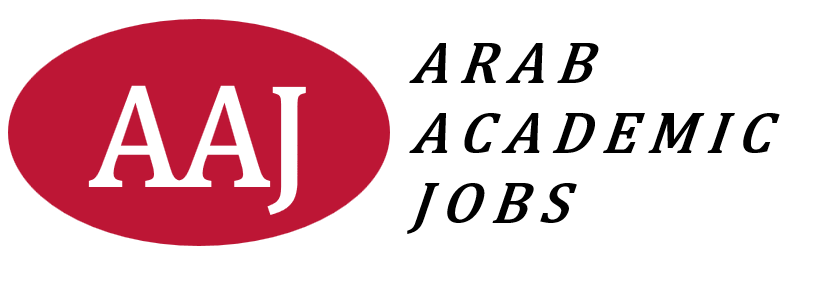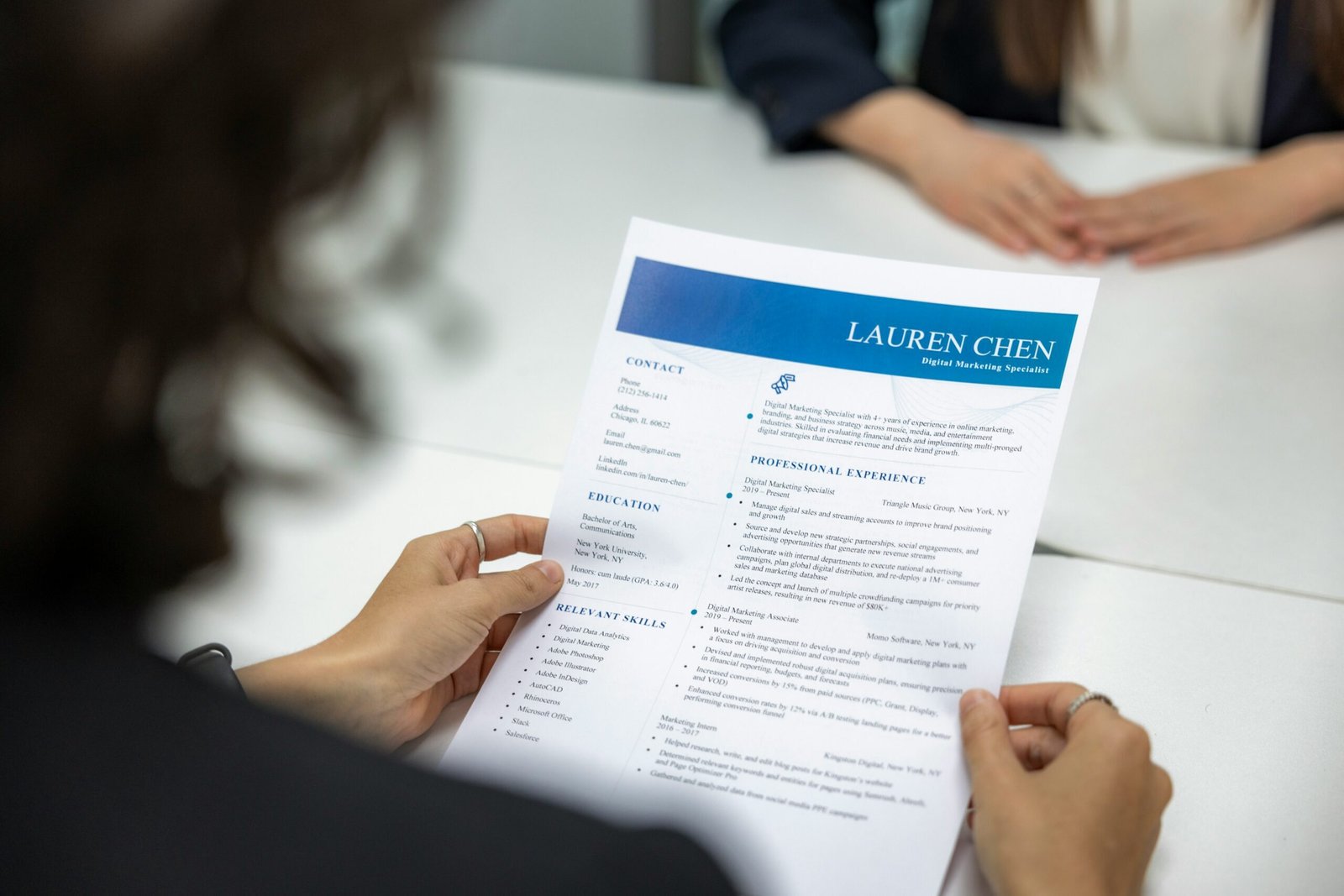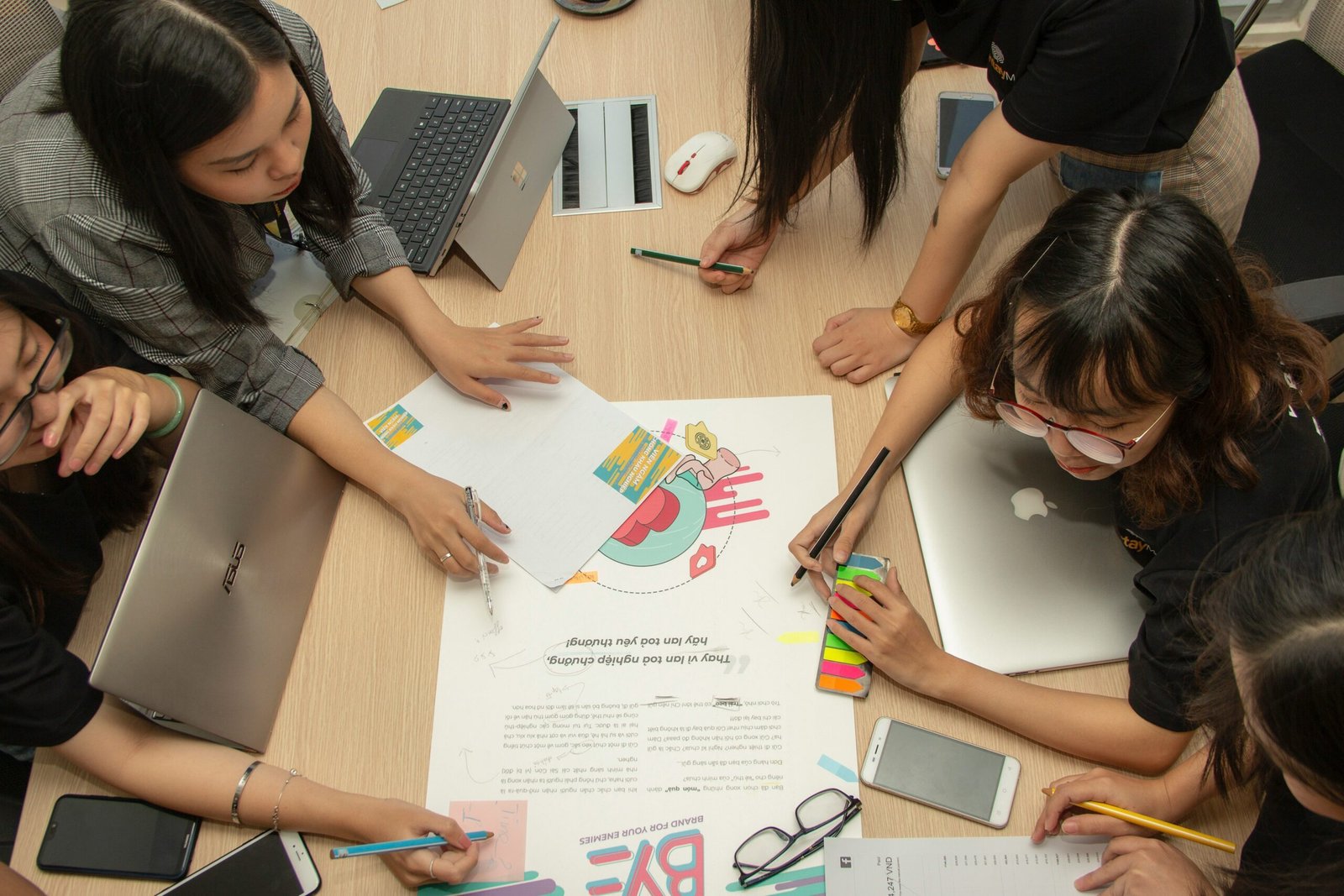:In the dynamic landscape of academic careers, a well-articulated cover letter stands as a powerful instrument for faculty position applications. This document serves as a platform for introducing yourself, showcasing qualifications, and expressing your dedication to teaching, research, and collaborative engagement. To distinguish yourself in the competitive academic job market, it’s crucial to create a compelling cover letter that resonates with the hiring committee. Here’s an in-depth guide to help you navigate the complexities of writing a cover letter tailored for academic faculty positions, with a focus on aligning your research, industry ties, and highlighting your management skills and achievements.
1. Addressing the Basics of writing a Cover Letter:
Initiate your cover letter with a formal salutation, addressing the hiring or search committee members by name if possible. Demonstrating attention to detail in personalized greetings underscores your genuine interest in the position and the institution.
2. Cover Letter Opening Paragraph:
Begin by clearly stating the position you are applying for and providing a brief introduction of yourself. Share how you learned about the job opening and express your enthusiasm for the role and the institution. Forge a connection by highlighting why you are eager to contribute to the academic community, emphasizing the unique blend of skills and experiences you bring to the table.
3. Highlighting Your Qualifications:
Focus on qualifications, experiences, and achievements tailored to the job description. Emphasize your educational background, research experience, and teaching philosophy. Now, spotlight your notable achievements, quantifying them where possible to illustrate the measurable impact of your research, teaching, and leadership in previous roles.
For instance, discuss the successful implementation of innovative teaching methodologies resulting in improved student engagement or the acquisition of research grants that significantly contributed to advancing knowledge in your field.
4. Aligning Research Interests:
Delve into how your research aligns with the department’s interests, emphasizing potential contributions to its goals. Highlight specific areas of overlap between your research agenda and the department’s objectives, showcasing your ability to elevate its profile and contribute meaningfully to academic and scholarly endeavors.
Detail any collaborative research projects that reflect your capacity to work across disciplines, fostering an environment of intellectual diversity within the department.


5. Industry Collaboration and Grant Acquisition:
Articulate your ability to apply for research grants and build ties with industry partners. Narrate successful experiences in securing grants, emphasizing the transformative impact on your research program. Illustrate how collaboration with industry enriches the learning experience for students. You should reflect how external collaboration made your academic contributions more dynamic and applicable to real-world challenges.
Discuss instances where your research had practical applications or resulted in industry partnerships. You must showcase your ability to bridge the gap between academia and industry.
6. Connecting with the Institution:
Demonstrate genuine interest by delving into specific programs, resources, or initiatives that align with your research, teaching, and management interests. Discuss potential collaborations with industry partners and highlight your skills in managing complex projects that involve various stakeholders. Showcase your commitment to actively contributing to the academic community and fostering meaningful partnerships.
Discuss how you see your expertise aligning with the institution’s strategic goals. You should emphasize on your vision for collaboration within the academic community and with external stakeholders.
7. Management Skills and Achievements:
Introduce your management skills and achievements, emphasizing your capacity to lead and manage academic projects. Discuss any experience in overseeing research teams, managing budgets, or coordinating interdisciplinary initiatives. Highlight achievements in streamlining processes, enhancing departmental efficiency, or spearheading successful academic programs.
For example, discuss how you successfully led a research team to accomplish a significant project or managed a departmental initiative that resulted in improved administrative processes and increased efficiency.
8. Addressing Teaching Philosophy:
Clearly articulate your teaching philosophy, moving beyond merely listing courses to detailing your approach to pedagogy, student success, and innovative teaching methods. Share specific examples of successful teaching experiences, highlighting courses designed or initiatives led. This comprehensive view of your educational contributions sets the stage for your commitment to student development and the enhancement of the learning environment.
Discuss any involvement in curriculum development, mentorship programs, or initiatives that showcase your commitment to fostering a dynamic and inclusive learning environment.
9. Concluding Paragraph in a Cover Letter:
Reiterate your interest in the position, expressing eagerness for further discussion in an interview. Provide contact information and indicate your availability for follow-up discussions. Convey gratitude for the committee’s time and restate enthusiasm for the opportunity.
Use this concluding paragraph as a call to action, emphasizing your eagerness to explore potential collaborations and contribute to the academic community.
10. Formal Closing:
End with a formal closing, such as “Sincerely” or “Best Regards,” followed by your full name. If submitting a hard copy, leave space for your signature above your typed name. This professional closure adds a personal touch to your application.
Final Thoughts on crafting a Cover Letter:
Crafting a cover letter for an academic faculty position demands a nuanced blend of professionalism, enthusiasm, and a clear demonstration of alignment with the institution’s goals. Tailor your letter for each position, emphasizing your unique contributions, passion for academia, and your ability to align research with department interests, build ties with industry, and showcase notable management skills and achievements. A well-crafted cover letter not only enhances your chances of securing an interview but positions you as a versatile candidate capable of contributing significantly to the academic community and beyond. Approach the task with diligence, recognizing the cover letter’s potential to advocate for your candidacy in the competitive realm of academia.
https://arabacademicjobs.com/the-distinctions-between-academic-and-industrial-cvs/Remember, a cover letter is of no use without a strong CV. Understand the differences between academic and non academic CVs here





